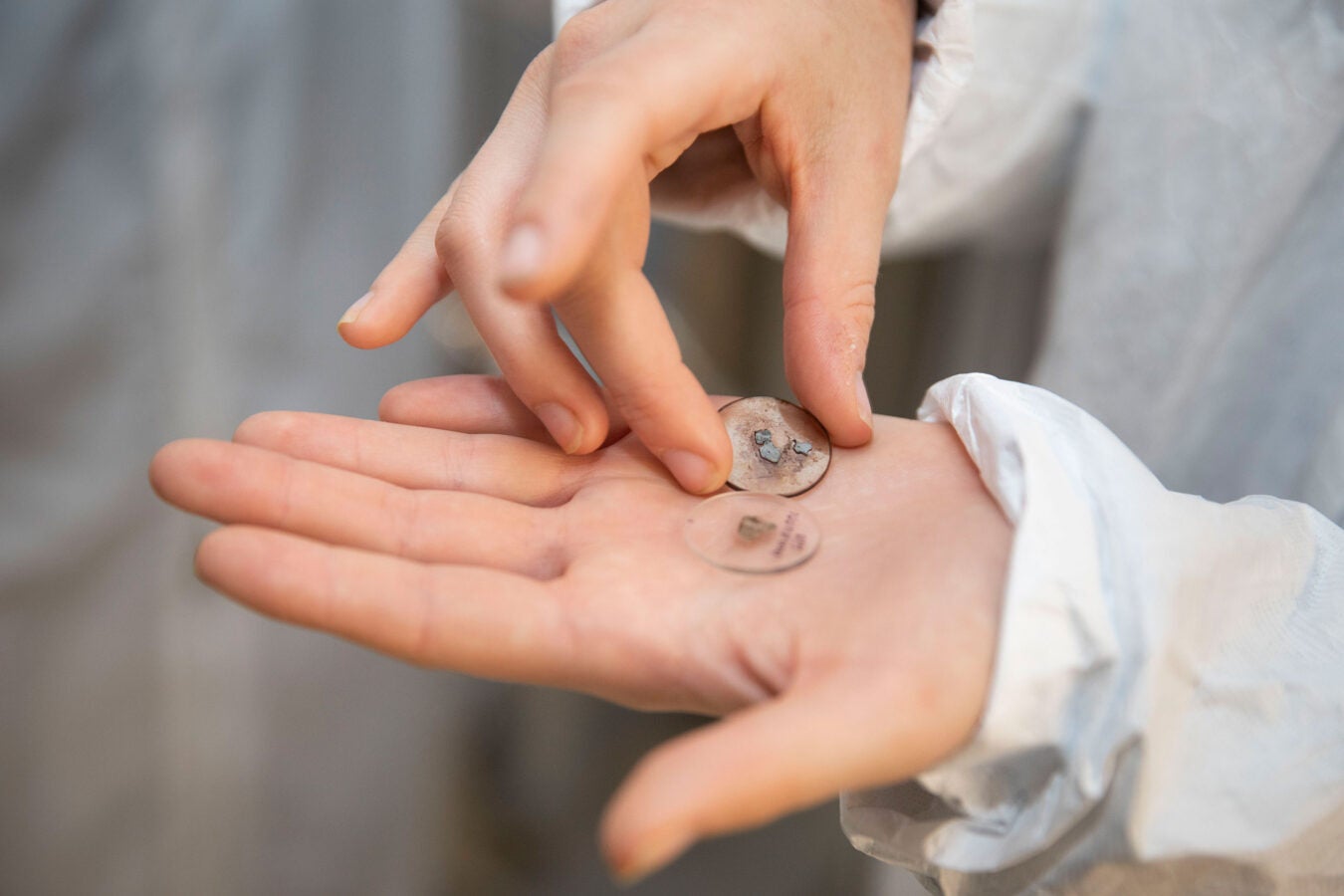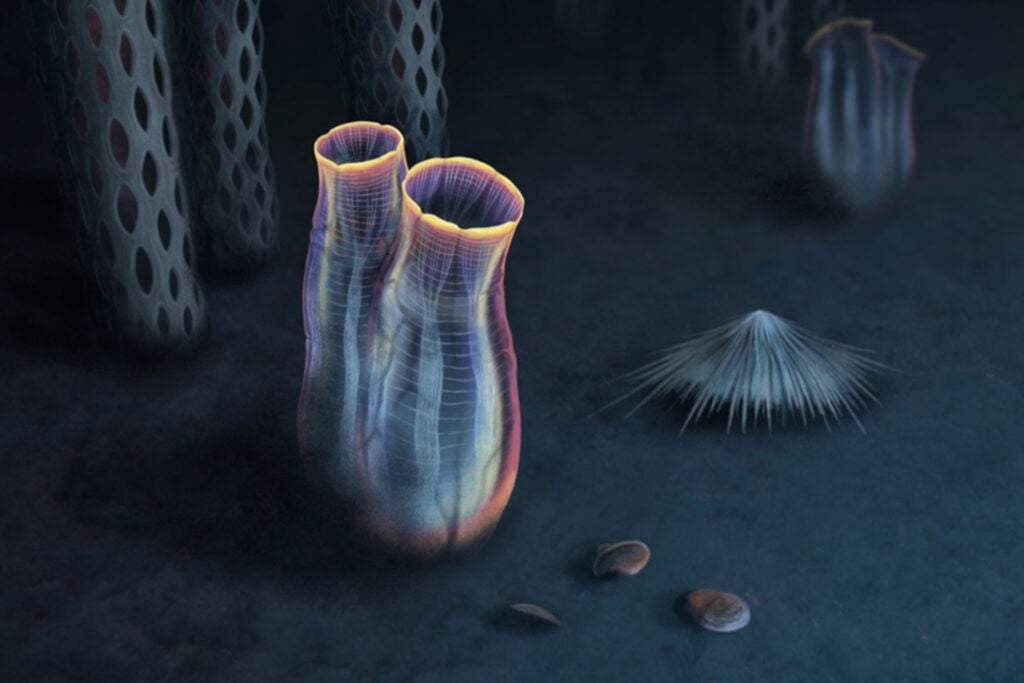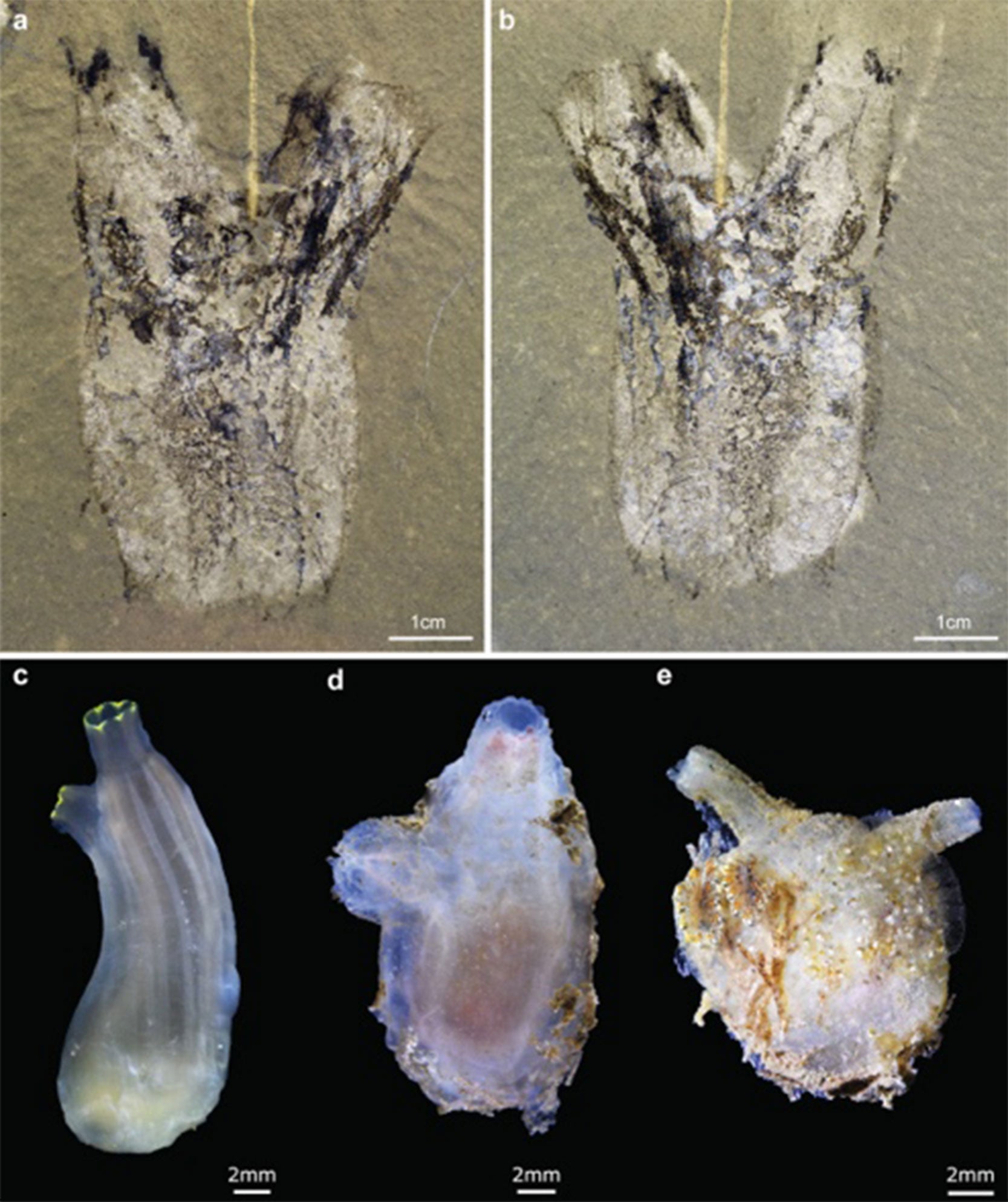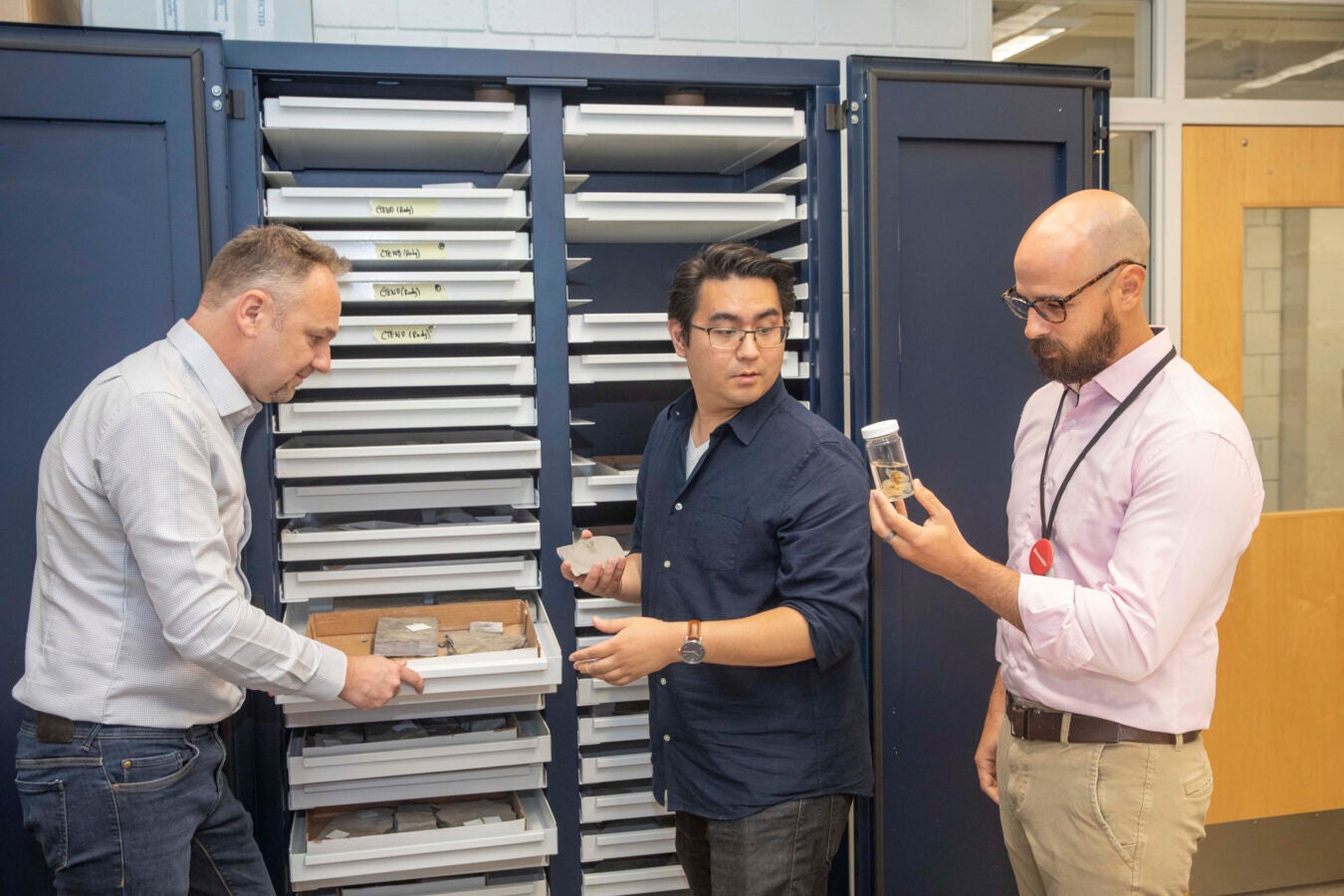Is there a way to stop Biden’s dog from biting people?
Call this a dog-bites-almost-everyone story.
President Biden’s dog Commander is in the doghouse this week after new reports detailed 10 incidents in which the German shepherd bit Secret Service agents (including one that required a hospital visit) or exhibited “aggressive behavior” between October 2022 and January 2023.
Erin Hecht says it might not entirely be Commander’s fault. Hecht, an assistant professor in Harvard’s Department of Human Evolutionary Biology, spearheads “The Canine Brains Project” to help us to better understand why dogs are the way they are. She said he might just be triggered by a number of stressors at the White House (by all accounts, a pretty stressful place).
“Dogs are individuals, like people. And like people, they have different reasons for responding aggressively or fearfully in different circumstances,” said Hecht, whose research focuses in part on neural and behavioral variation in domestic canine breeds. She added that, “prior traumatic experiences can influence their behavior later in life.”
Commander arrived at the White House in 2021 after the Bidens sent another German shepherd, Major, who was a rescue and also had problems with biting and aggression, to live in a quieter environment with family friends.
Hecht said most dogs bite out of fear, not anger, and that dogs are hardwired to avoid biting their humans.
“As a species, their brains are wired to trust us and partner with us,” she said. But, like people, fear can give them a short fuse, and push them to act out.
“Other dogs,” she added, “behave aggressively out of a need to defend a resource, like food, a toy, or a favorite person. Understanding an individual dog’s profile is important for management and treatment.”
Hecht said in addition to knowing what triggers a dog may have, most dogs also show physical warning signs before biting. To prevent incidents, she said, dog owners should learn the signs to keep themselves and others safe.
“Most dogs will communicate that they feel threatened before they bite through body language like freezing, turning away, and lip-licking.”
For those dealing with stubborn behavioral issues, such as the Bidens, Hecht said the owner should have their dog evaluated by a professional to rule out underlying medical issues, identify situational and motivational triggers, and work out a management plan.
“Depending on the dog, that plan might include medical treatment, training strategies, adjusting the dog’s environment, adjusting the behavior of the people in the environment, or choosing to move the dog to a different environment,” she said. “A veterinarian is a good first step and can refer you to other resources and professionals.”
In the case of Commander, Hecht said it’s a good example of dog reactivity and aggression, exemplifying how much we still don’t know.
“This news story is a high-profile reminder of an issue that affects the lives of many dogs and humans in this country every day,” she said. “Despite this, science still doesn’t know very much about the biology of canine aggression.”
Canine Brains Project looks to learn more about our furry friends through data gathered by a combination of an online surveys, genetic samples, and canine MRI scans. The study looks at dogs with and without traumatic early life experiences, and with and without current fear and aggression issues. Volunteers interested in submitting their own dog’s information can learn more here.




